From a cumbersome machine that weighed over a kilogram and had a talk time of just 20 minutes, the mobile phones have come a long way.
When engineer Martin Cooper made the first landmark phone call from this first rudimentary mobile phone, he would never have imagined that after 40 years, mobile phones would facilitate almost all imaginable services to the mankind.
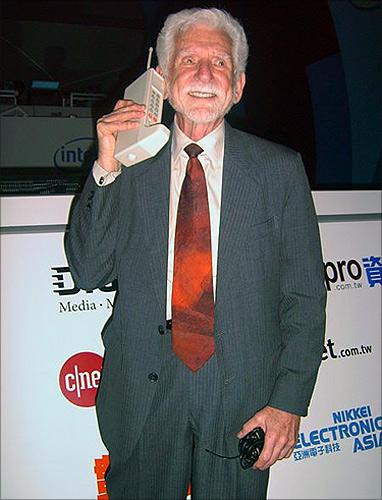
Cooper's breakthrough paved way for a communication revolution that transformed our lives forever, making these sleek handsets an integral part of our lives.
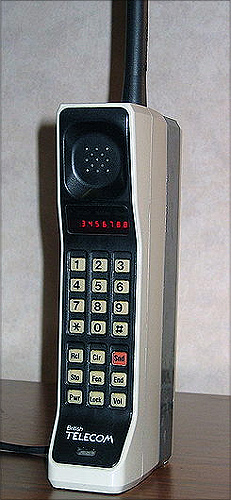
On April 3, 1973, an engineer Martin Cooper made the first call from a mobile phone, a Motorola DynaTAC.
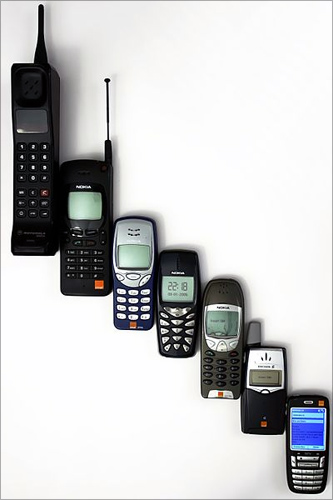
The phone used for the first mobile conversation was nine inches tall, weighed 2.5 pounds and took 10 hours to recharge! The first cellular phone was the culmination of efforts began at Bell Labs, which first proposed the idea of a cellular system in 1947, and continued to appeal to the Federal Communications Commission (FCC) for channels through the 1950s and 1960s, and research conducted at Motorola.
In 1960, John F. Mitchell, an electrical engineer became Motorola's chief engineer for its mobile communication products. Mitchell oversaw the development and marketing of the first pager to use transistors. Motorola had been developing mobile telephones for automobiles. But those were large and heavy and consumed too much power.
Mitchell's team, which included Martin Cooper, developed portable cellular telephony. He was among the Motorola employees who were granted a patent for this work in 1973. The first call on the prototype was reportedly to a wrong number.
While Motorola was developing the cellular phone itself, during 1968-1983, Bell Labs worked on the system called AMPS, which became the first cellular network in the US Motorola and others designed cell phones for that and other cellular systems.

Martin Cooper led a team that produced the DynaTAC 8000x, the first commercially available cellular phone, and made the first phone call from it.

The DynaTAC handset was expensive. Priced at a steep $3,995 ($9209 in present-day terms), it was not likely to be mass-market product. Several versions were made between 1973 and 1983. The product accepted by the FCC weighed 28 ounces (790 gm) and was 10 inches (25 cm) high, not including its flexible "rubber duck" whip antenna. The DynaTAC 8 Series, Classic, Classic II, Ultra Classic, and Ultra Classic II had a display with red LEDs; the DynaTAC International Series with green LEDs, and the DynaTAC 6000XL used a vacuum fluorescent display. These displays were severely limited in what information they could show. The battery allowed for a call of up to 60 minutes, after which it was necessary to charge the phone up to 10 hours.
While still retaining the DynaTAC name, the 6000XL was completely unrelated to the DynaTAC 8000 Series. It was a transportable phone meant for installation in a vehicle. The DynaTAC Series was succeeded by the MicroTAC Series in 1989. By 1998, when Mitchell retired, cellphones and associated services made up two thirds of Motorola's $30 billion in revenue. By the end of 2011, there were 78 mobile phone subscriptions per 100 people in the developing world.
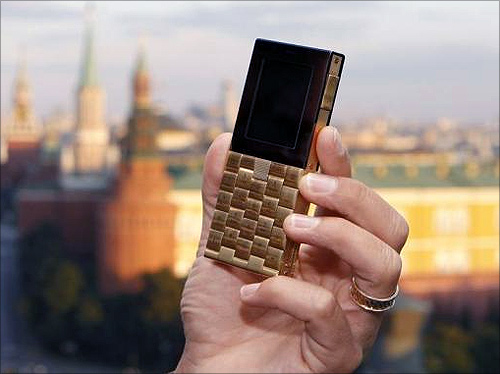
From 1990 to 2012, worldwide mobile phone subscriptions grew from 12.4 million to over 6 billion, reaching out to about 87 per cent of the global population.
Around 1.7 billion handsets were sold in 2012. The three largest sellers were Samsung, Nokia and Apple.
China has the largest number of mobile phone subscribers with one billion subscribers.
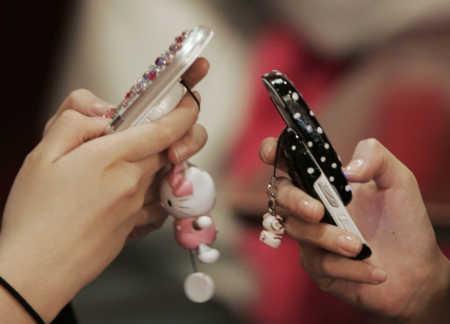
dear Visitor
40Th Year after the cellphone is introduced , Here is an article i gather it from the net
for you to know morw about this
Courtesy :- Electronic gadget blog by an unknown author

No comments:
Post a Comment